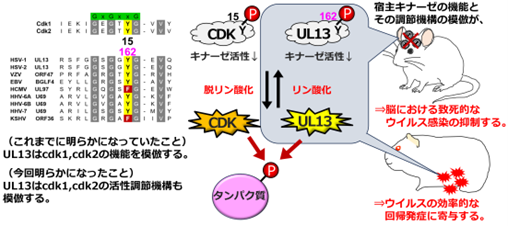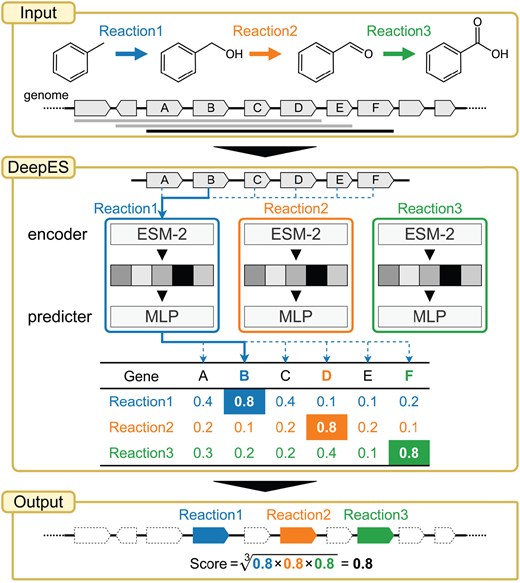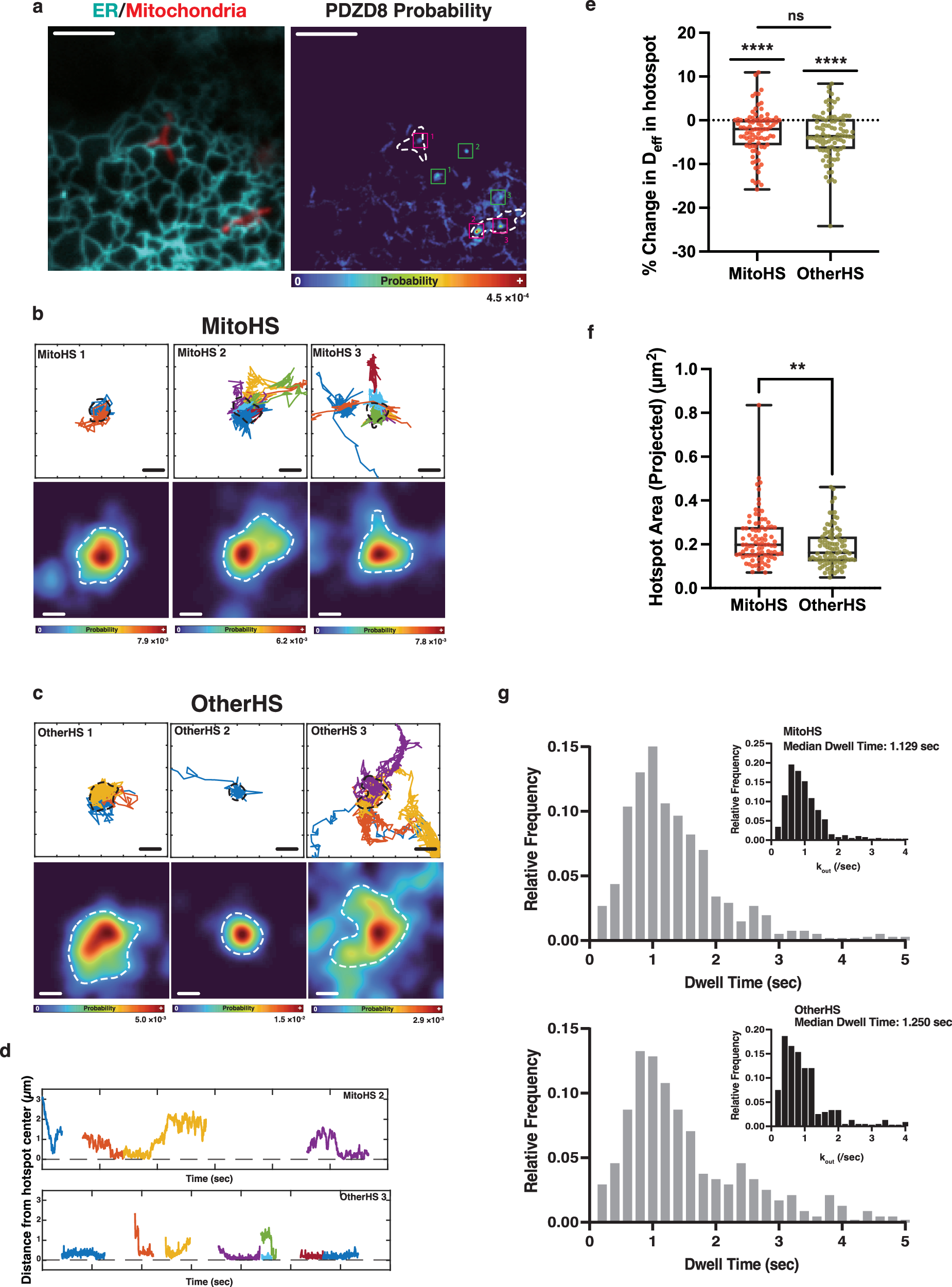2025-04-18 東京大学

単純ヘルペスウイルスの特異的なキナーゼはCDK1, CDK2の活性制御機構を模倣し、病原性発現を調節する
<関連情報>
- https://www.ims.u-tokyo.ac.jp/imsut/jp/about/press/page_00330.html
- https://www.ims.u-tokyo.ac.jp/imsut/content/000010937.pdf
- https://www.pnas.org/doi/10.1073/pnas.2500264122
保存されたヘルペスウイルスのプロテインキナーゼによるサイクリン依存性キナーゼの制御模倣 Regulatory mimicry of cyclin-dependent kinases by a conserved herpesvirus protein kinase
Naoto Koyanagi, Kowit Hengphasatporn, Akihisa Kato, +5 , and Yasushi Kawaguchi
Proceedings of the National Academy of Sciences Published:April 16, 2025
DOI:https://doi.org/10.1073/pnas.2500264122
Significance
Viruses often hijack host cellular machinery by mimicking key cellular factors, so they can take advantage of the cellular machinery these factors control. In contrast, regulatory mechanisms of the viral factors that mimic the cellular factors are likely to be considerably different from those of the cellular proteins because the cellular environment is dramatically transformed by viral infection. Here, we found that a CHPK mimicked the regulatory mechanism of CDK1 and CDK2, highlighting that herpesviruses have evolved functional and regulatory mimicry of CDKs by CHPKs. This study provides unique and fundamental implications for our understanding of viral mechanisms that exploit host cellular machinery as well as to evolutionally gain functionality and regulation.
Abstract
Herpesviruses encode conserved protein kinases (CHPKs) that target cellular cyclin-dependent kinase (CDK) phosphorylation sites; thus, they are termed viral CDK-like kinases. Tyrosine 15 in the GxGxxG motifs of CDK1 and CDK2, whose phosphorylation down-regulates their catalytic activities, is conserved in the corresponding motifs of CHPKs. We found that CHPK UL13, the corresponding Tyr-162 in herpes simplex virus 2 (HSV-2), was phosphorylated in HSV-2-infected cells. Mutational analyses of HSV-2 UL13 Tyr-162 suggested that phosphorylation of UL13 Tyr-162 reduced the phosphorylation of all UL13 substrates tested in HSV-2-infected cells. These findings suggested that HSV-2 UL13 mimicked the regulatory mechanism of CDKs and that this CHPK has regulatory and functional mimicry with CDKs. Furthermore, phosphorylation of HSV-2 UL13 Tyr-162 was suggested to be required for the downregulation of viral replication and pathogenicity, specifically in the brains of mice, and for efficient viral recurrence in guinea pigs. These findings highlight the dual impact of the regulatory mimicry of CDKs by CHPK on the fine-tuned regulation of lytic and latent HSV-2 infections in vivo.


